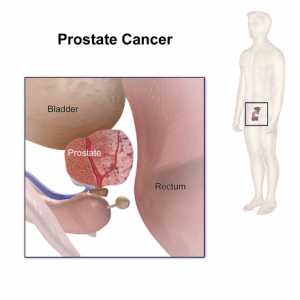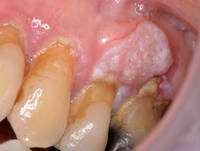Author Interviews, Multiple Sclerosis / 19.01.2022
Multiple Sclerosis: Hydroxychloroquine May Benefit Some Patients with Most Severe Disease
MedicalResearch.com Interview with:
Marcus Koch MD PhD
Associate Professor of Neurology
Multiple Sclerosis Program
University of Calgary
MedicalResearch.com: What is the background for this study?
Response: Primary progressive multiple sclerosis (PPMS) is the least common, but also the least treatable form of multiple sclerosis. PPMS does not react well to commonly used MS treatments. We believe that this is at least in part because PPMS is driven by other disease mechanisms.
One disease mechanism that we believe is important in PPMS is microglial activation. Microglial cells are a type of cell in the brain and spinal cord that normally have beneficial functions, such as clearing debris or assisting repair after injury. In PPMS however, microglial cells are chronically active, and we believe that this chronic microglial activation contributes to tissue damage.
(more…)




















 Sean C. Rose, MD
Child Neurology
Nationwide Children’s Hospital
The Ohio State University, Columbus
MedicalResearch.com: What is the background for this study? What are the main findings?
Response: There is conflicting evidence regarding the association between repetitive head impacts during youth contact sports and worse neurocognitive outcomes. Most research has been conducted in older adults, while the research in children is mostly limited to 1-2 sports seasons.
Sean C. Rose, MD
Child Neurology
Nationwide Children’s Hospital
The Ohio State University, Columbus
MedicalResearch.com: What is the background for this study? What are the main findings?
Response: There is conflicting evidence regarding the association between repetitive head impacts during youth contact sports and worse neurocognitive outcomes. Most research has been conducted in older adults, while the research in children is mostly limited to 1-2 sports seasons.







 Shuchi Anand, MD MS (she/her)
Assistant Professor in Medicine
Director, Center for Tubulointerstitial Kidney Disease
Stanford University School of Medicine
MedicalResearch.com: What is the background for this study? What are the main findings?
Response: A majority of people on dialysis who completed vaccination as of September 2021 have had a decline in antibody response to levels that would render them vulnerable to infection. Antibody response immediately after vaccination and circulating antibody response is strongly associated with risk for breakthrough after the initial vaccination series.
Shuchi Anand, MD MS (she/her)
Assistant Professor in Medicine
Director, Center for Tubulointerstitial Kidney Disease
Stanford University School of Medicine
MedicalResearch.com: What is the background for this study? What are the main findings?
Response: A majority of people on dialysis who completed vaccination as of September 2021 have had a decline in antibody response to levels that would render them vulnerable to infection. Antibody response immediately after vaccination and circulating antibody response is strongly associated with risk for breakthrough after the initial vaccination series.



